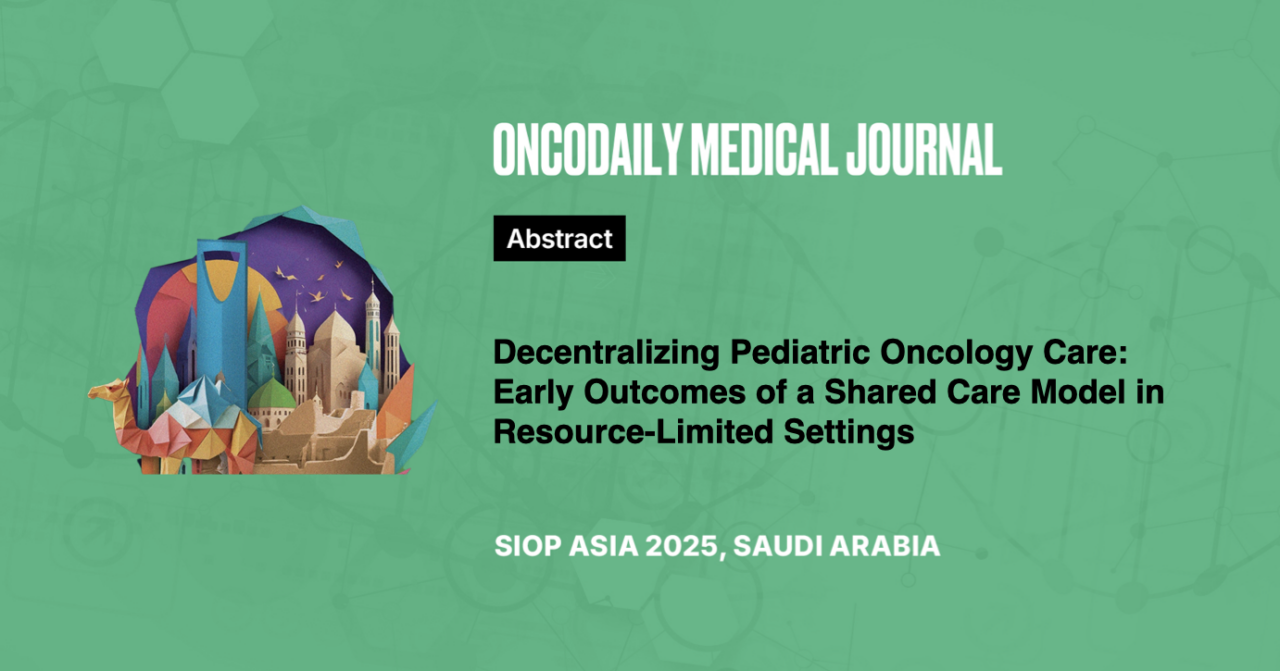Abstract
Introduction: Access to care for pediatric cancer patients remains a significant challenge in resource-limited settings like Pakistan. To address this, the Pediatric Oncology Department at Indus Hospital and Health Network, supported by the My Child Matters grant by Foundation S, launched a shared care initiative. This model aims to decentralize pediatric oncology services by establishing shared care centers closer to patients’ homes. This study evaluates the initiative’s early outcomes, focusing on capacity building and access to care.
Methodology: This descriptive study assessed outcomes of shared care centers in Sindh and Baluchistan during January–September 2024. Key indicators included: (i) capacity building through infrastructure development and resource availability; and (ii) access to care, measured by patient registrations and follow-up visits. Data were analyzed using descriptive statistics.
Results: Five centers were evaluated: three Level II centers (Quetta, Karachi, Nawabshah) and two Level I centers (Larkana, Shikarpur). Level II centers are staffed with pediatric oncologists/onco-pediatricians, and onco- trained pharmacists and nurses. They offered 24/7 outpatient and inpatient services. Routine diagnostics were performed in-house, while specialized diagnostic tests were outsourced to the hub center. Patients with low-risk cancers and those requiring palliative care were primarily managed at these centers.
Level I centers provided routine diagnostics, initial stabilization, surveillance clinics, and stable febrile neutropenia management. Patient volumes varied: Quetta managed 243 patients (45 on-site, 198 collaboratively), Civil Hospital Karachi 103 (40 fully on-site), and Nawabshah 86 (all collaboratively). Level I centers in Larkana and Shikarpur managed 29 and 15 patients, respectively, with collaborative care.
Conclusion: The shared care initiative showed promise in decentralizing pediatric oncology services in resource-limited settings. Investments in infrastructure, personnel training and resource accessibility played a critical role in enhancing patient care. However, variability in patient volumes across centers underscores the need for ongoing monitoring and targeted interventions to maximize impact.





